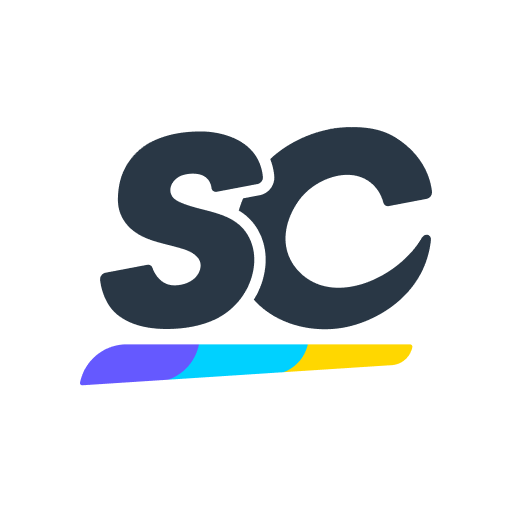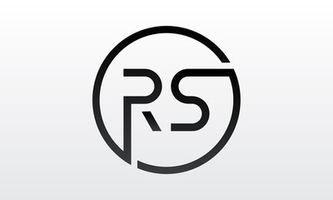Information
-
Document No.
-
Audit Title
-
Client / Site
-
Conducted on
-
Prepared by
-
Location
-
Personnel
PPE & Safe Work Practices
-
Correct PPE worn and is it in good condition?
-
Metatarsal safety shoes worn and are they in good condition
-
Hearing protection worn
-
Gloves (if required)
-
Other required PPE?
Lifting Devices
-
Material lifting devices used and are they in good condition
-
Can operator explain daily inspection performed on lifting devices
-
Inspect lifting devices for worn or damaged devices
-
Are suspended loads attended
-
Suspended loads must never be lifted over employees
Safety Shower / Eye Wash Station
-
Is their a shower of eye station located where acids / bases (corrosives) used. " Sodium Aluminate"
-
Are they inspected monthly and access not blocked
-
Are eye wash stations available in high dust areas
Emergency Exits
-
Aisles and emergency exits not blocked
Electrical
-
Is voltage indicated on electrical control enclosures, power cabinets,, junction boxes etc.
-
Arc Flash label present on electrical control enclosures, power cabinets, junction boxes etc.
-
Clearance in front of electrical enclosures 36" (0-150v) and 42" (151-600v)
-
Chords are free from frays and damage
-
Extension cords only allowed for temporary situations <90 days. must be inspected annually
-
GFCI's required on portable electric tools and in areas where wetness or damage to cord is possible
-
Are knockout plugs present on all electrical enclosures
Mobile Equipment
-
Are inspections being completed on equipment, prior to being used before each shift
-
Mobile equipment license and training current within 3 years
-
Seatbelt used whenever forklift operated
Material Storage Area
-
Material organized and rotated by date
-
Material not triple stacked, only two high
Flammable Cabinets
-
Only flammable liquids in cabinet (no paper, wood or plastic stored in cabinet)
-
Cabinets undamaged
-
No more than 3 cabinets within 100 square feet
Environmental
-
Are all areas free from spills?
Machine Guarding
-
Is point of operation (grinding wheel, etc.) protected such that inadvertent contact is prevented?
-
Flywheels, gears, shafts, pulleys, belts, gears, sprockets, chains and couplings guarded to protect employees
-
E-stop button present
Walking / Working surfaces
-
Are the walkways clear and free of debris
-
Are all holes or floor openings guarded?
Fire Extinguishers
-
Monthly Inspection completed / Verify completely charged
Confined space
-
Marked with proper signage (permit required sign or non permit required sign
HAZCOM
-
All containers labeled. (Original container with Manufacturers Label or secondary container with HMIS label)
-
Do employees know how to access an MSDS for a chemicals used?
Lockout / Tagout
-
Is machine specific energy control procedure present?
-
Are LOTO labels present
Compressed Air Nozzles
-
Are nozzles labeled as OSHA compliant. (regulate air pressure to 30psi or less)
Compressed Gas Cylinder Storage
-
Are cylinders identified with a durable label that clearly identifies the cylinder contents and gives a brief description of the potential hazard?
-
Cylinders secured with chain, lab strap or hard stock device located on the upper one third of the cylinder
-
Nesting methods for storage are prohibited. Acceptable means of storage include individual chains or straps, holding racks, cylinder carts etc.
-
Flammable gasses shall be stored at least 20 feet from oxidizers and any other source of ignition or separated by an approved firewall
OE and Standard Work
-
Material consumption be tracked PP/T?
-
Are 5S audits and Safety audits posted and current
-
Observe if standard work is being followed
-
Area clean & organized (less than 1 day of dirt)?
-
Aisles and emergency exits not blocked?
Do the employees know: (Interview a few people)
-
How to report suggestions
-
Who to report incident or injuries to and how long they have to do it in "as soon as it happens"
-
How to do and R3 and what it is
-
What is standard work and where is it located
-
What do they do if they find a problem
-
What a STOP card is and do they have them available












